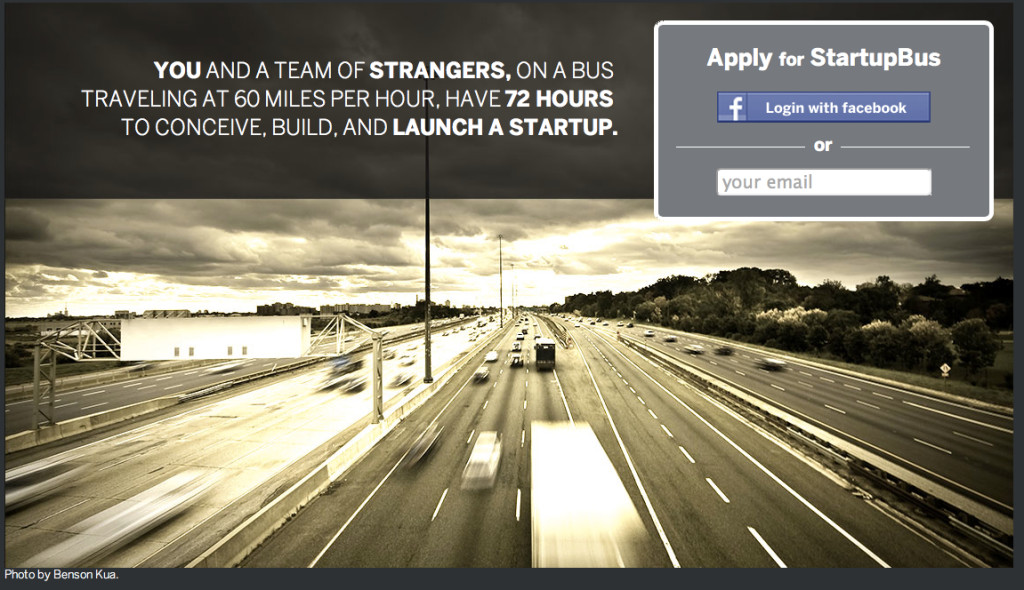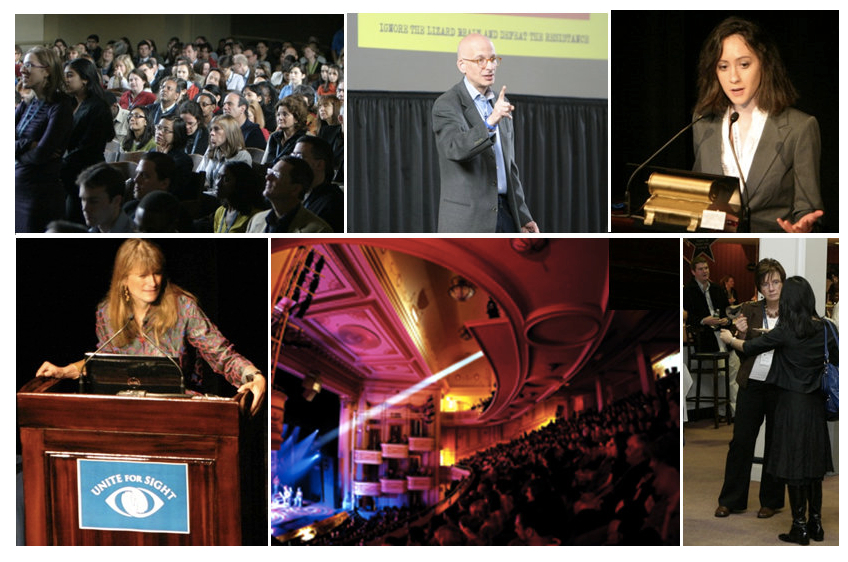Startup Bus is an innovative accelerator aiming to build a community of young entrepreneurs around the world, and succeeding in doing so. It started as a joke that became serious very quickly.
The concept is simple. You apply to be a part of one of the various organized bus trips (there are six that traversed Europe in Dec 2012; no plans announced yet for 2013). If you meet whatever they are looking for, you are accepted and assigned to a specific bus. Expect your peers to be from a variety of backgrounds, and hungry to dive into the startup culture.
The bus trip costs ~USD200, and lasts 72 hours. During this time you are encouraged to network and brainstorm and a number of tools are given to you; including talks and workshops. You stop enroute on a “startup tour” of sorts, meeting venture capitalists, entrepreneurs, and incubators. By the time you get off, the hope is that you would have the beginnings of a company, with hopefully a couple of cofounders.
In the worst case scenario, you’ve seen Europe (or some other part of the world where the bus is). Not bad, eh??
Interested?? Apply here.
Here’s a peek into what its like:
And for a parody, check this out:






